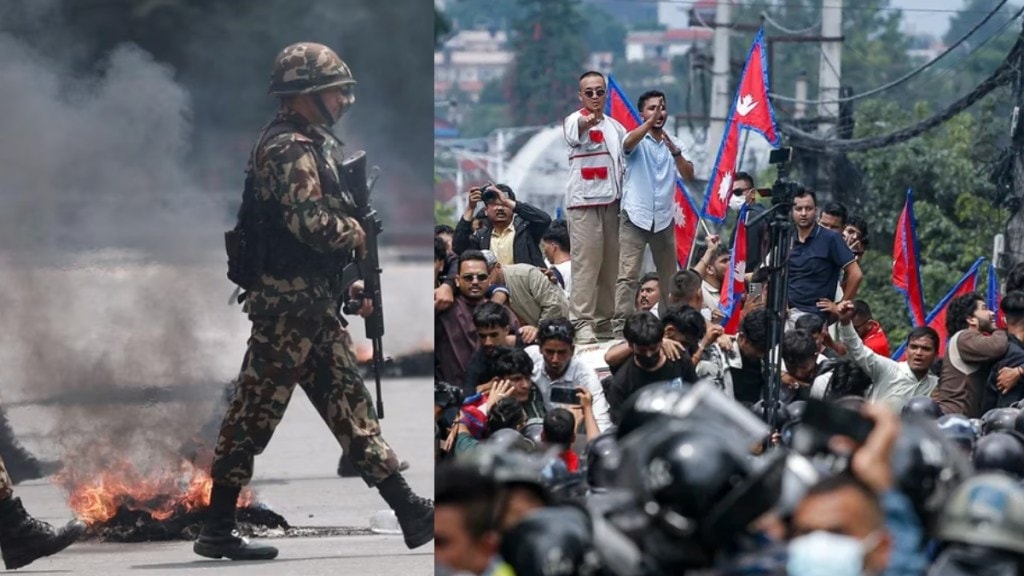India has tightened security and placed its border with Nepal on high alert as violent protests rocked the neighbouring nation. The protest led to the resignation of Prime Minister KP Sharma Oli on Tuesday after the ouster of the government, the Army has taken over Nepal.
Paramilitary forces and police carried out patrols at Panitanki in the Darjeeling district of West Bengal, where trade movement was partially disrupted and trucks remained stranded due to the unrest, according to the news agency ANI. Area Superintendent of Police (SP) Praveen Parkash said, “A police post has been set up here with deployment of force. We are on alert mode and monitoring the situation.”
Control room set up in Lucknow
“To assist Indian citizens stranded in Nepal, a 24×7 special control room has been established at the police headquarters in Lucknow under the law and order branch,” Additional Director General (Law and Order) Amitabh Yash told news agency PTI. He added that the move came at the direction of Chief Minister Yogi Adityanath.
MEA issues travel advisory and helpline numbers
The Ministry of External Affairs (MEA) on Tuesday issued an advisory for Indian citizens living in Nepal.
The advisory urged nationals to stay indoors at their current place of residence, avoid unnecessary movement on the streets, and remain highly cautious. It also advised them to strictly follow safety guidelines issued by Nepalese authorities and stay updated with the latest instructions from the Embassy of India in Kathmandu.
Additionally, the ministry has also shared emergency contact numbers for assistance.
+977-980 860 2881 (also available on WhatsApp)
+977-981 032 6134 (also available on WhatsApp)
Nepal Army takes charge of security
The Nepal Army announced on Tuesday that it would take charge of security operations from 10 pm. The decision came hours after Oli’s resignation and 27 hours of violent unrest in Kathmandu and other regions.
In a statement, the army said, “Some groups are taking undue advantage of the difficult situation and causing severe damage to ordinary citizens and public property.”
Protests fueled by social media ban
Most of the protests are being led by students and young people, often called a “Gen Z protest”. The protests began after the government imposed a ban on social media platforms, including YouTube and Facebook. The government introduced a new law, which requires companies to set up offices in Nepal.
TikTok and Viber agreed, but Google (YouTube), Meta (Facebook, Instagram, WhatsApp) and X (Twitter) did not respond. Critics believe the law is meant to silence people and limit free speech.
What started as opposition to the ban soon turned into a widespread movement against political mismanagement, with citizens accusing leaders of corruption and failed governance.
On Monday, tens of thousands of demonstrators gathered in Kathmandu and surrounded the Parliament building. When clashes turned violent, security forces opened fire, leaving 19 people dead and more than 500 injured.
Human rights groups warn that this threatens freedom of expression, which has made people even angrier and pushed more of them to protest on the streets.

